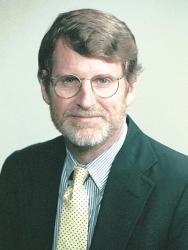The populations of all the industrialized countries are growing older. Over the next three
decades the combined effects of declining fertility and rising longevity will significantly increase
the proportion of aged and near-aged people in the overall population. Because pensions and old
age health insurance are largely funded out of public budgets, increases in the percentage of the
population past retirement age must eventually cause steep increases in the fraction of
government budgets devoted to old age consumption and a rise in the level of public spending.
Public spending obligations and the burden of supporting an older population have
increased not only because the population is growing older but also because of declines in
employment among the aged and near-aged. Economists have accumulated persuasive evidence
that public pensions have contributed to the trend toward earlier retirement. A pension provides
a dependable source of income to workers who have reached a minimum age, such as age 60, but
many systems only provide benefits to workers who have substantially withdrawn from the labor
force or ceased working in their career job. In these systems, people who continue to work in
full-time jobs do not qualify for a pension. This feature of a pension system effectively reduces
the net wages workers obtain when they continue to work past the pensionable age. Many of the
world’s pension systems have the features just mentioned. They provide financial incentives for
workers to retire around the pensionable age, and they can inflict sizeable financial penalties on
workers who delay their retirement until several years past the pensionable age. Not
surprisingly, these features of pension systems have sizeable effects on retirement behavior.
They have almost certainly contributed to the trend toward earlier retirement in the world’s
industrialized countries.
The Brookings Institution is committed to quality, independence, and impact.
We are supported by a diverse array of funders. In line with our values and policies, each Brookings publication represents the sole views of its author(s).



